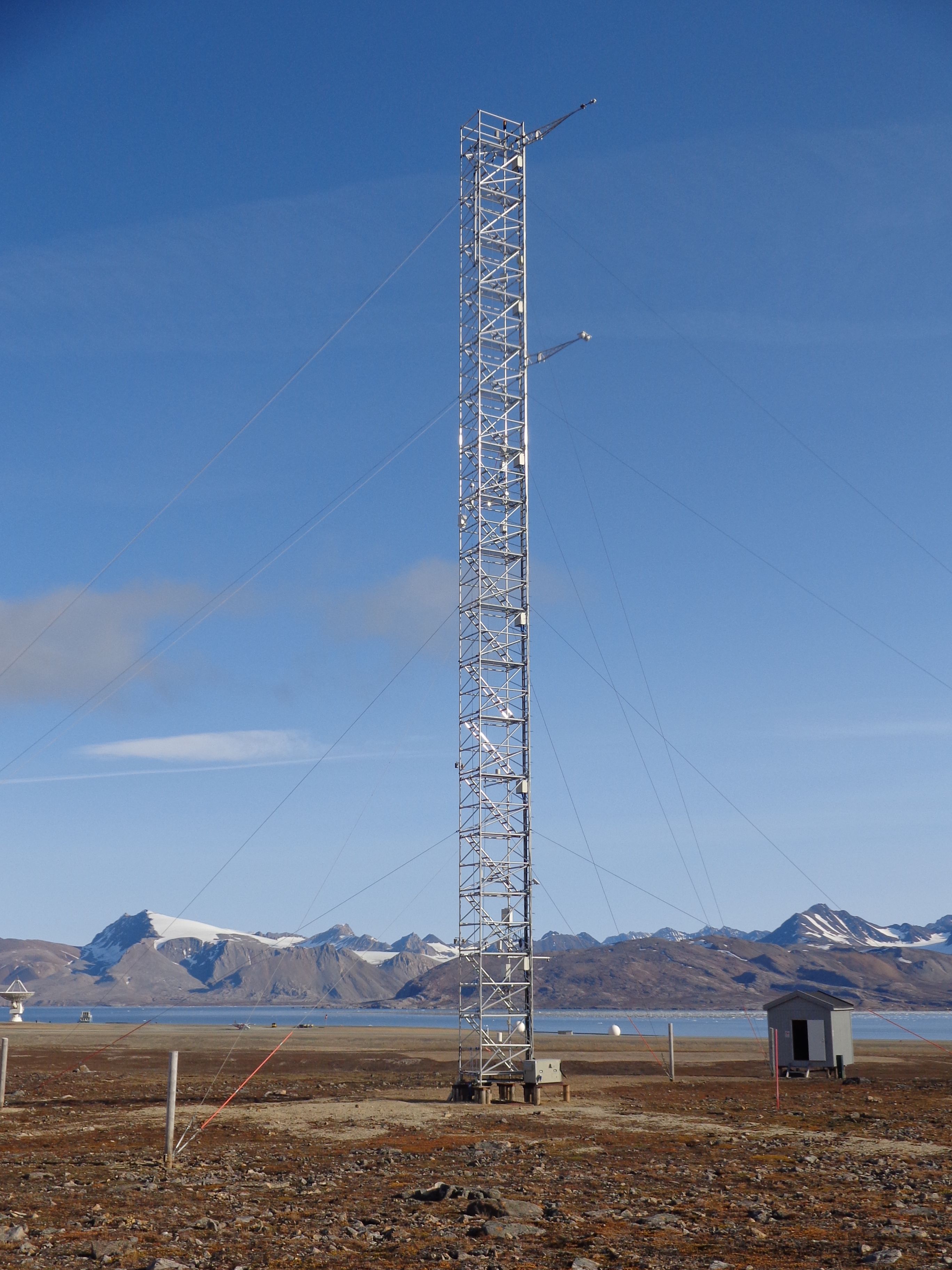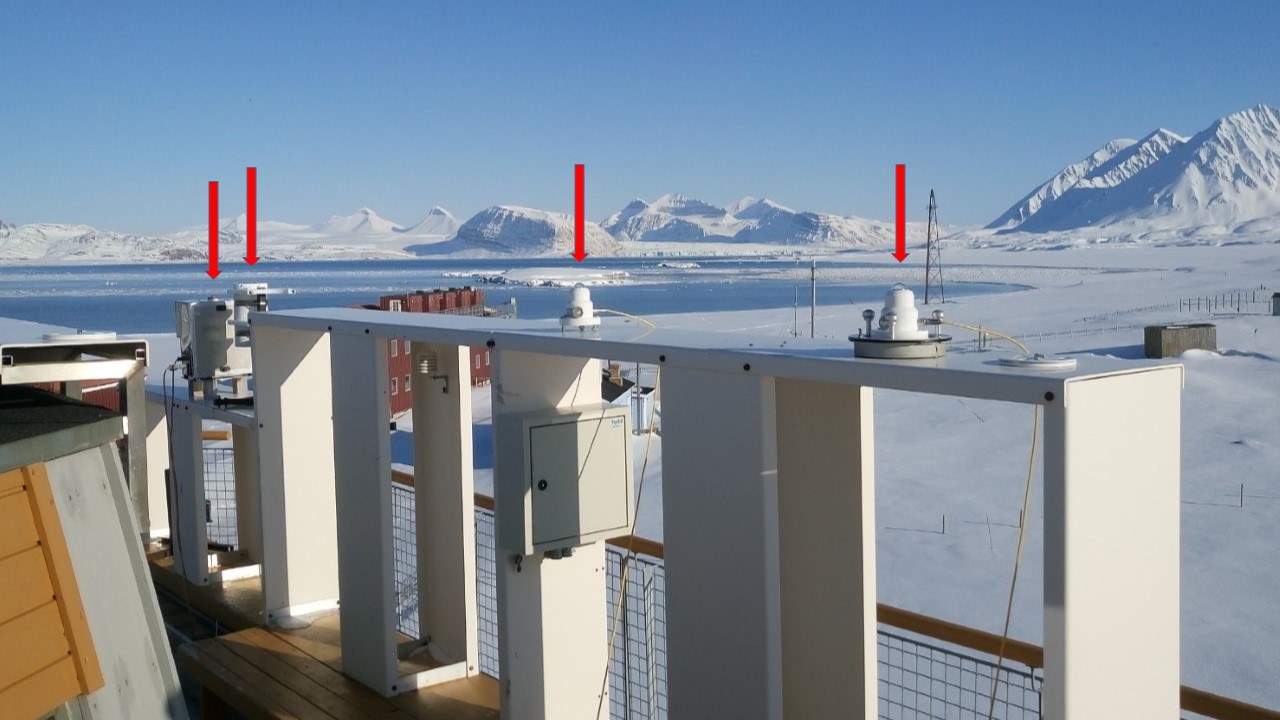RADIOMETERS
Type of resources
Available actions
Topics
Keywords
Contact for the resource
Provided by
Years
Formats
Representation types
Update frequencies
status
Scale
-

The Climate Change Tower Integrated Project (CCT-IP) represents the guide lines of the italian research in the arctic and aims to study the interaction between all the components of the climate system in the Arctic. The Amundsen-Nobile Climate Change Tower (CCT) is the key infrastructure of the project, and provides continuous acquisition of the atmospheric parameters at different heights as well as at the interface between the surface and the atmosphere. The sensor used to measure the radiation budget and energy fluxes is a CNR1 net radiometer at 33 m of height and a CM11 and a CG4 at 25 m to measure the upwelling radiation from the surface. 30 minutes average (μ) and standard deviation (σ) of radiation data as well as products such as total net radiation average and shortwave albedo are available for the download. Data at resolution of 1 minute are available for online visualization and downloadable under request. Partly funded by Arctic PASSION project (agreement number 101003472).
-

The main goal of the UV-ICARE project was to establish a network of UV-monitoring stations on Svalbard, which is optimally coordinated and homogenised. This implies harmonization of operational routines, data analysis and storage, including a thorough instrument inter-comparison. The latter was a central element of activities. In the inter-comparison campaign that took place in Ny-Ålesund from 17 to 23 April, 2018 participated (from left to right in the photo): 1.Narrow-band filter radiometer UV-RAD, managed by the Institute of Polar Science at the National Research Council, Italy (CNR-ISP). The instrument measures the erythemally weighted solar UV irradiance (UVE) and ozone column at Ny-Ålesund. 2.Filter GUV radiometer, produced by Biospherical Instr., operating under responsibility of the Norwegian Institute for Air Research (NILU). The radiometer provides solar UVE irradiance and ozone column at Ny-Ålesund. 3.Kipp & Zonen UVS-AE-T radiometer that measures UVE irradiance and operates at Hornsund station under responsibility of the Institute of Geophysics at the Polish Academy of Sciences (IGF-PAS). 4.Kipp & Zonen UVS-E-T radiometer that also provides solar UVE irradiance and works at Longyearbyen station, under management of Masaryk University (MU), Brno and University of South Bohemia (USB), Czech Republic. 5.Brewer #050 spectroradiometer (shown in the second picture) that provided UVE irradiance and ozone column as a reference instrument. The devise operates at Ny-Ålesund under responsibility of CNR-ISP. The inter-comparison resulted in very good agreement (±5 %) of the instruments involved, over most of solar zenith angles and weather conditions sampled, despite different technical specifications. On the basis of this campaign, it can be stated that all measurements in Ny-Ålesund, Hornsund and Longyearbyen are directly comparable at solar zenith angles < 80°. Partly funded by Arctic PASSION project (agreement number 101003472).